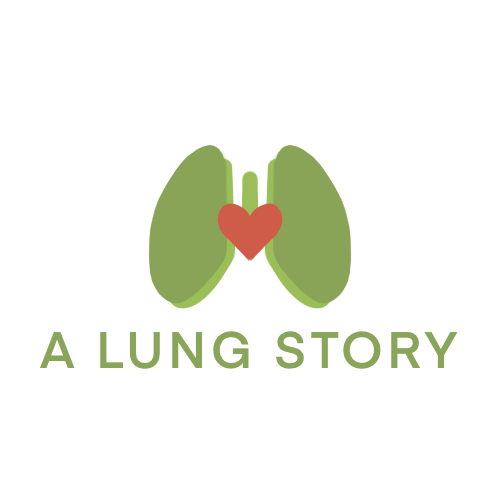This post wraps up my very own story and experiences of ASD and PAH journey I have been on, and which still continues.
0-4 Years: The Early Days
My early childhood seemed perfectly normal to my parents. I slept a lot, far more than the average baby, and I didn’t cry much, which they found quite peculiar. I had a very bad cold at 3-4 years of age and had to stay in the hospital for a week but the doctors didn’t call out anything. There was no reason to suspect anything was wrong (about my heart).
5-13 Years: Struggling with Sports
As I got older, I noticed I was terrible at sports, especially running. I took swimming lessons for a couple of years, but I always found myself out of breath underwater, often having to stop in the middle of the lane. At the time, I thought I was just unfit. I ate well, maybe a bit more than I should, but nothing seemed out of the ordinary.
In primary school, I participated in short marathons and other activities. Without fail, I was always the last one to finish, usually with the teacher walking alongside me. I thought it was bad genes—my dad wasn’t exactly a track star either. I had no idea that these were early signs of something much more serious.
14-18 Years: Dizzy High School Years
My teenage years brought new challenges. I was always dizzy, and minor migraines became a regular part of my life. I felt faint but never actually fainted. At 14, I mentioned this to my mom, and we went to the doctor. An MRI revealed nothing significant, just a sinus infection. But the dizziness persisted, leading us to consult an ear specialist and even a balancing clinic. None of it helped.
During high school, I avoided physical activities whenever I could. The first two years of high school were particularly tough because physical education was compulsory. I was teased for my poor performance in sports, and I began to wonder if something was really wrong with me. Still, I pushed the thoughts aside, I decided to just live with the dizziness and discomfort.
19-23 Years: The Non-Active University Years
University life was sedentary for me. The most exercise I got was running to catch the bus, and even then, a 30-second sprint left me severely breathless. I spent most of my time sitting in lectures or studying, so the idea that something was wrong with me didn’t cross my mind often. The dizziness and headaches were constant companions, but they had become so normal to me that I barely noticed them anymore.
24-25 Years: Realising something was wrong
It wasn’t until my close friend started pointing out how easily I got puffed from simple activities that I began to worry. They noticed that I would be out of breath after just a 1-2 minute walk from the café to the carpark. At first, I thought I might be slightly overweight, though my weight was perfectly normal. I believed that losing weight or hitting the gym would solve the problem.
But no matter how much I tried, the breathlessness didn’t improve. My friend encouraged me to see a doctor, so I did. Several ECG tests were done, and while my heart pattern was a bit unusual, the doctors didn’t think it was anything serious. One doctor suggested it might be my breathing technique; another thought it could be related to stress or anxiety. I tried breathing exercises and reflecting on my mental state, but nothing seemed to work.
The turning point came when I went on a trip and tried water rafting. During the activity, I was so out of breath that I felt like I was going to die. I couldn’t even walk out of the water when it was over and had to lie down while a stranger, who I believe was a nurse, helped me regain consciousness. That’s when I knew something was seriously wrong, and I went back to the doctor immediately.
After the rafting incident, I was referred to a heart specialist, but getting an appointment took time. No one expected a healthy-looking woman in her twenties to have heart issues, so I wasn’t a priority. Finally, I was able to see the specialist, but even then, they couldn’t pinpoint the problem just by examining me. I was sent for a chest x-ray, which, to my frustration, wasn’t reviewed until 10 months later. I tried to win over it by going to the gym more often to get fit, losing about 8-9kgs in the process. While I saw some improvement, I would say overall my breathlessness worsened, despite my efforts to exercise and improve my fitness.
The Diagnosis: ASD and Beyond
When the x-ray was finally reviewed, the results were concerning—cloudiness around my arteries. This wasn’t normal, and I was quickly referred for an echocardiogram.

A few months later, during the echocardiogram, the specialist discovered the hole in my heart. As I lay there, more specialists were called into the room, and one of them identified it as an Atrial Septal Defect (ASD). They were shocked at 1. The hole was very large, 2. That I had lived so long without knowing about it (with this size).
When I heard that I had a hole in my heart, I was literally lost for words. I was lost for words, but a million different thoughts filled my head. Some came out from my eyes. The first emotion I had was fear. Fears about my future and present. Would I need heart surgery? How would this affect my life? Could I ever get married or have children? Would my children inherit this? Could I die?
My mum was with me during the diagnosis. She tried to stay strong, but I later learned that she cried when she got home, overwhelmed by the guilt of not knowing sooner.
The hardest part wasn’t the diagnosis itself but seeing my parents blame themselves. That day changed my life forever, but I didn’t know that another life-changing diagnosis was just around the corner. I’ll continue this story in part two.



